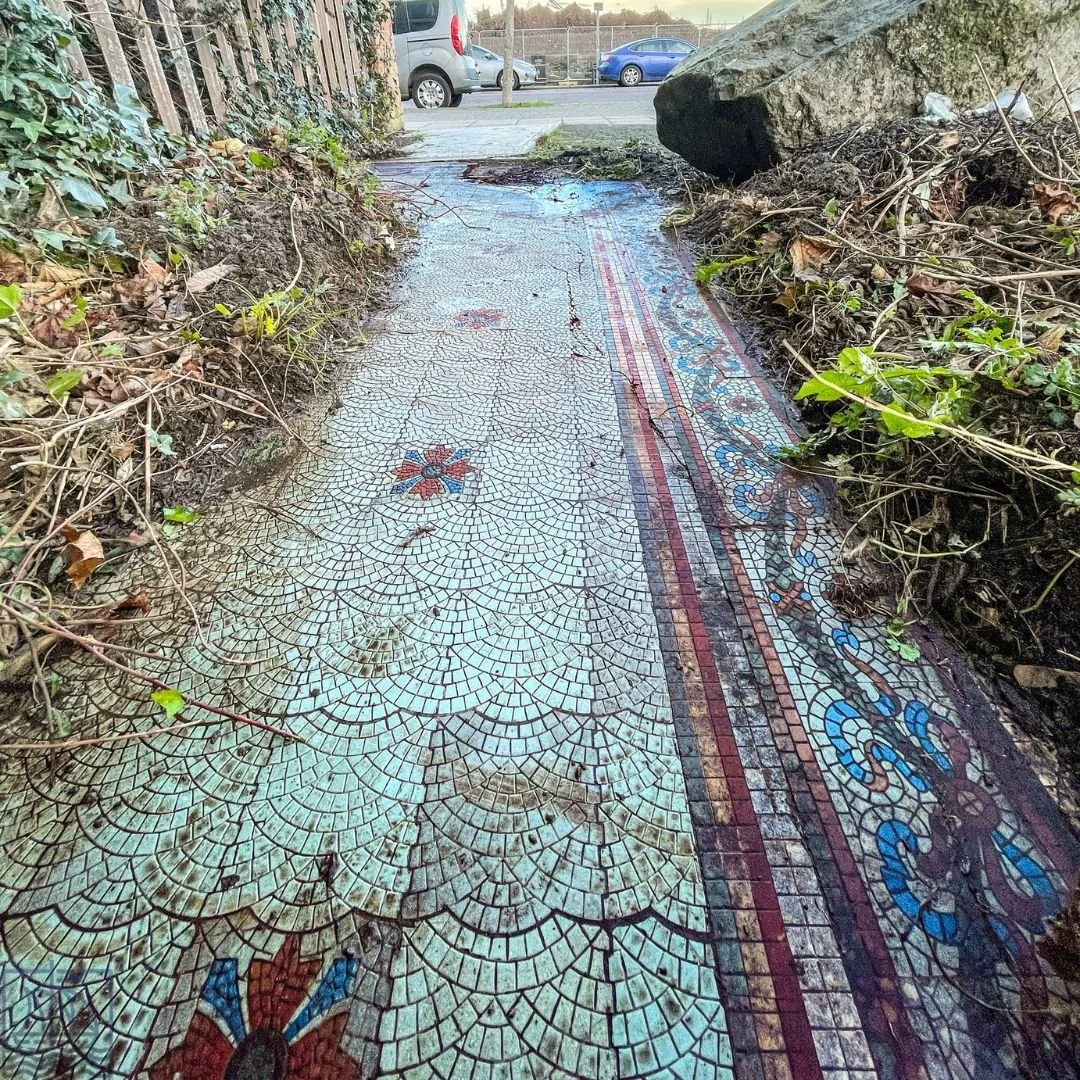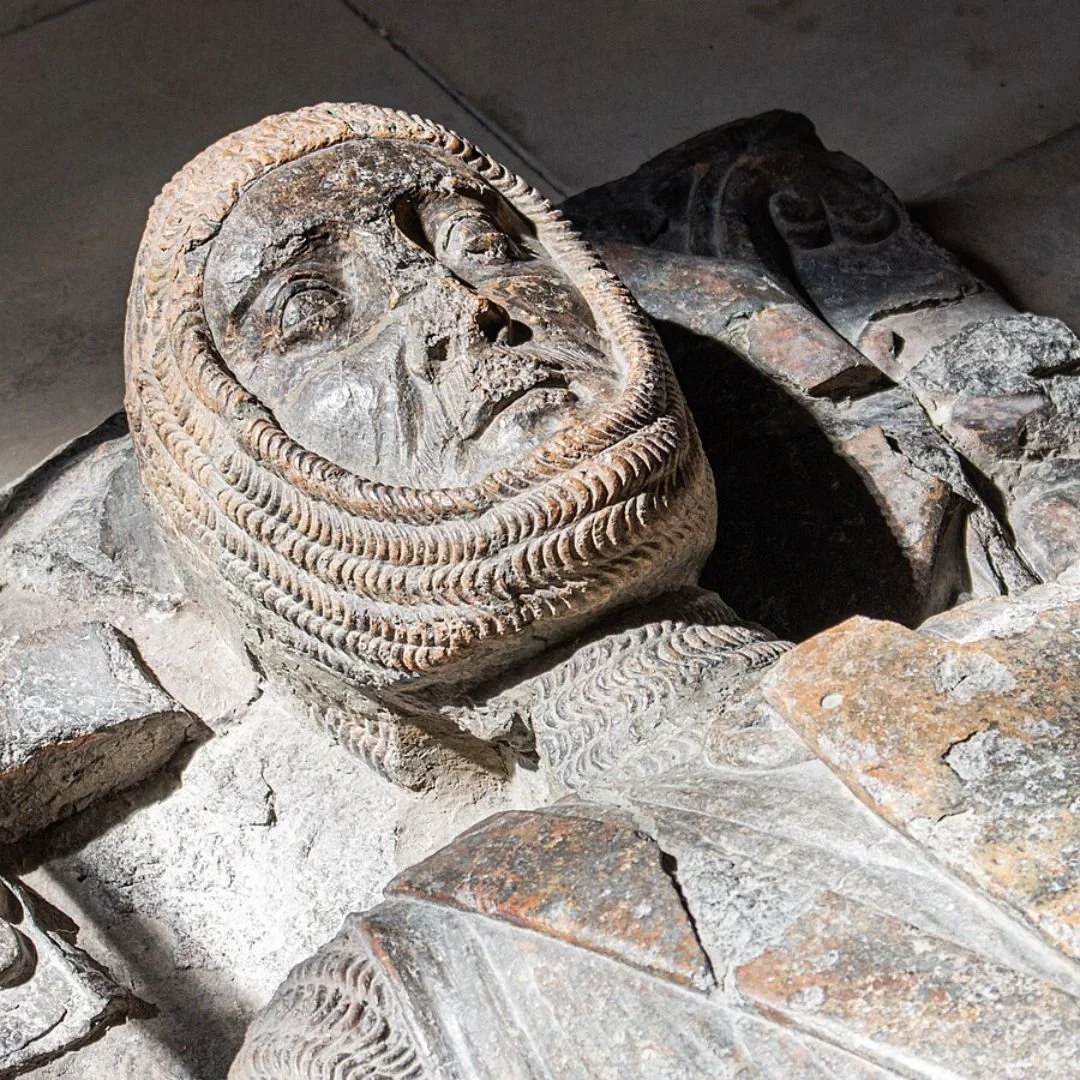Well-Preserved Roman Mosaic Found Under Aldi Supermarket
A Roman mosaic and ancient bath house has been uncovered during excavations at Olney, Buckinghamshire.
Photo: Oxford Archaeology
The well-preserved discovery was hidden under land that was earmarked for a supermarket, Aldi.
Oxford Archaeology, one of the largest and longest-established independent archaeology and heritage practices in Europe, carried out the investigations in 2023.
They called it "archaeological remains of high significance" - and said it probably belongs to the Durobrivan group from the East Midlands.
Photo: Oxford Archaeology
The Durobrivan group was a Roman-British pottery-making and mosaic-producing community that thrived in the East Midlands during the late Roman period (approximately the 3rd to 4th centuries AD).
The group is celebrated for its high-quality mosaics and Nene Valley Ware, a type of grey-slipped pottery.
Their mosaics often depicted classical Roman motifs, such as geometric patterns, mythological scenes, and representations of animals and plants.
Many of their mosaics have been found in Roman villas, luxurious country estates belonging to the elite.
This discovery of a mosaic in Olney suggests the site might have been part of or connected to one such estate.
It had vibrant colours and intricate decorative patterns, made up of red, white and blue tiles.
Photo: Oxford Archaeology
The mosaic has since been preserved - materials have been placed over the brickwork to protect it.
Construction of the supermarket continued without causing any damage to the ancient artefact.
There is a previously known Roman settlement at Olney.
During the Roman occupation of Britain, Olney likely served as a rural settlement or a small farming community.
Its location near Roman roads would have made it accessible for trade and communication.
These settlements often functioned as agricultural hubs, producing crops and livestock to support the local population and the broader Roman economy.
Roman coins, pottery shards, and other artefacts have been uncovered here, pointing to active trade and daily life in the area.
Why did roman build mosaics in England?
The Romans built mosaics in England as a reflection of their culture, wealth, and identity.
These intricate artworks served multiple purposes, blending practicality with aesthetics while acting as a symbol of Roman influence in the province of Britannia.
Found in villas, public buildings, and bathhouses, mosaics were a clear indication of the wealth and sophistication of their owners.
They required highly skilled artisans to create, making them a luxury reserved for the elite.
Landowners used these stunning floor decorations to showcase their prosperity and to impress visitors, often placing them in prominent areas such as reception rooms or dining spaces.
Examples of these stunning mosaics can still be found across England today.
Fishbourne Roman Palace in West Sussex is home to some of the earliest and most elaborate mosaics in Britain, showcasing the opulence of Roman villa life.
At Chedworth Roman Villa in Gloucestershire, intricate designs include depictions of gods like Venus, illustrating the Roman ideal of beauty and divinity.
Verulamium in St Albans features detailed mosaics of Bacchus and other mythological figures, further emphasizing the luxurious lifestyles of those who lived there.
If you enjoyed this blog post, please follow Exploring GB on Facebook for daily travel content and inspiration.
Don’t forget to check out our latest blog post below!
Thank you for visiting Exploring GB.

















